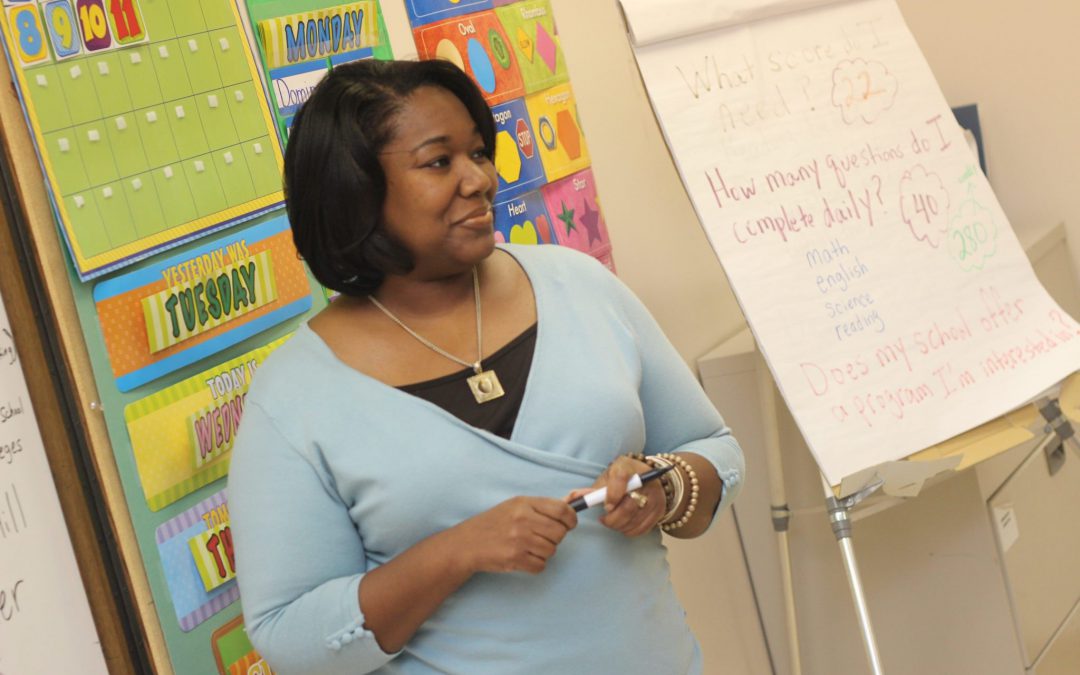Schools are an essential part of many children and teens’ support system. The COVID-19 pandemic brought light to just how important this support system is. According to CDC data, emergency rooms saw a spike in visits from children for reasons related to mental health during the pandemic. The Rady Children’s Hospital director of behavioral health services, Sandy Mueller, described what she’d seen in an interview with The San Diego Union-Tribune. Mueller’s patients experienced problems such as “social isolation, food insecurity, [and] family stressors at home.” Moreover, “Those kids aren’t able to be in school, so they’re enduring more abuse at home.” The drastic effects of school closures showed that schools are crucial for many children’s safety and survival. Therefore, all students need to feel safe and comfortable at school. Administrators must recognize and foster the crucial link between a positive school climate and student safety.
Teach Stress Management
Seventy percent of surveyed teens say stress is an inhibitor in their school life. Therefore, they need adults to turn to. Counselors, school therapists and educators can all take a role in helping students cope with stress by simply being a shoulder to lean on. In fact, school counselors became a lifeline for many students during the pandemic. Some used technology for virtual group sessions, lunches, and video chats. Others let students know they were available via email or chat. Several counselors used social-emotional learning techniques, leading students to manage their stress through creative play with puppets and toys. Sometimes an exercise as seemingly simple as watching glitter settle in a bottle of water can help.
Develop Communities
Support from faculty and peers can have a profound effect on how a student sees their school climate. One middle school developed “crews,” which consist of twelve students and a mentor. In crews, students discuss school challenges and encourage each other. This kind of advocacy can improve a student’s mental health. It can also prevent bullying and thoughts of self-harm. Developing small communities within your school is a healthy way for students and teachers to communicate effectively.
Have Hard Talks
Dedicating time in class or a short program to educate students about actions and their effects is a worthwhile effort. Also, take time to talk about mental health and what negatively or positively affects it, like bullying and self-care. Students are always pressured to prioritize academics over everything, including their health. Be the force that discourages this action.
Create Safe Spaces
In many primary schools, students are provided spaces to collect their thoughts and be calm after a hard class or bad day. This practice could apply in many schools and would be restorative to stressed-out students. Spaces like this could also be used for students to talk privately with an educator about struggles they are facing. These safe spaces could be a healthy and well-used method to help students relax throughout the day. In virtual learning environments, break-out rooms could play this role.
Promote a Safe Digital Learning Environment
As the pandemic showed us, a school isn’t just a building. When COVID-19 caused school closures, learning shifted from a physical to a virtual classroom. Now more than ever, it’s essential to make sure that digital learning environments are every bit as safe and positive for students as physical classrooms. Content filters can limit students’ access to harmful material, but they’re easily bypassed. Also, content filters can’t prevent or detect contact with online bullies or predators. In order to keep students safe online, schools must invest in screen monitoring software, like LearnSafe. LearnSafe can also help administrators reach out to students who need help. By detecting mentions of suicide, self-harm, and depression, LearnSafe gives schools the tools they need to support their students’ mental health.


